Eco-Friendly Choices: Comparing the Environmental Impact of Whiteboard Paint and Chalkboard Paint
Installations of whiteboard paint and chalkboard paint are becoming increasingly popular ways to produce writable surfaces for use in business offices, schools, private homes, and other locations. However, the two coatings are not created equal with respect to their material composition, method of manufacture, durability, and other factors. In a head-to-head matchup between whiteboard paint and chalkboard paint, the environmental impacts of the two products are revealed to be quite different, with whiteboard paint coming out as the clear winner in all categories.
Material Composition
Whiteboard Paint: The high-quality chemical ingredients used to manufacture water-based whiteboard paint contain only negligible amounts of volatile organic compounds (VOCs). VOCs are chemical gases emitted by certain solids or liquids that may produce serious adverse health and environmental effects. Whiteboard paint is a technically and aesthetically superior coating that’s produced with premium eco-friendly ingredients that are virtually VOC and odor free.
Besides its production procedure, whiteboard paint’s application and curing processes also release virtually no VOCs, thus further reducing its harm to the environment. These features have led premium whiteboard paint to be recognized as an eco-friendly coating by Leadership in Energy and Environmental Design (LEED), a global green construction certification system initiated by the U.S. Green Building Council (USGBC).
Chalkboard Paint: Depending on the formulation, chalkboard paint may contain traditional paint components, including multiple types of VOCs. In fact, if you examine the specifications of a variety of chalkboard paint brands, virtually all of their materials safety data sheets alert users to the presence of VOCs in the paints, and their potential adverse effects.
For example, the safety data sheet for one popular brand of chalkboard paint states, “The product is classified as hazardous; flammable liquid and vapor; may cause drowsiness or dizziness.” Plus, the data sheet of another brand says, “In high concentrations, vapors are narcotic and may cause headache, fatigue, dizziness and nausea.” While these qualities are not common to all chalkboard paint brands, it’s important to be aware of these factors before considering buying one of these products.
Manufacturing Processes:
Whiteboard Paint: Top-quality water-based whiteboard paint is manufactured in a state-of-the-art facility using green production methods. At every phase, from choosing and mixing the coating’s eco-friendly ingredients to the intensive multi-stage testing procedures carried out during and after manufacture, a team of highly skilled engineers, chemists, and technicians work to ensure that whiteboard paint customers will be completely satisfied with the final product. This satisfaction is backed up with a full ten-year money-back warranty against yellowing, peeling, and cracking.
Chalkboard Paint: Traditional chalkboard paints may involve production processes with higher energy consumption and the use of more environmentally impactful chemicals. Chalkboard paint is typically made of ingredients such as water, talc, acrylic, carbon black, titanium dioxide, various esters, and silica. The product may also contain the following toxic compounds that are extremely harmful both to the environment and to human health:
- Acetone:
- Butane
- Propane:
- Methyl ether acetate
- Ethylbenzene
- N-butyl acetate
- Propylene glycol
- Xylene
Breathing in the vapors from these harmful VOCs during the application of many chalkboard paints and for long periods afterward can lead to serious health issues. These issues include irritation of the nose, throat, eyes, and lungs, as well as headaches, confusion, nausea, burning eyes, and a runny nose, which in turn can cause irritability and problems with performing daily activities.
Longevity and Durability
Whiteboard Paint: Whiteboard paint is extremely durable, and with appropriate use, cleaning, and maintenance, whiteboard painted surfaces will last for ten or more years before needing to be replaced, a fact that greatly reduces the coating’s overall environmental footprint. Also, erasing and cleaning are effortless, and once properly erased, surfaces coated in whiteboard paint leave behind no smudges or remnants of dry erase ink marks known as “ghosts.”
Besides, every batch of premium whiteboard paint is thoroughly tested five times by quality-control chemists and technicians before leaving the factory. As a result, you can rest assured that the whiteboard paint you order will be of the finest quality and will perform as expected with regard to ease of application, durability, longevity, writability, and erasability.
Chalkboard Paint: Surfaces coated with chalkboard paint may need frequent maintenance and refinishing, leading to increased material consumption and waste. Also, prior to first using a chalkboard painted wall, it’s necessary to be educated about which type of chalk can be used on the surface. Chalk that’s too hard may be extremely difficult to erase fully, so that remnants of chalk markings or ghosts can remain on the surface indefinitely, affecting durability and usefulness. Users are thus forced to go for a softer type of chalk that’s easy to wipe off. In addition, if users plan to use chalk markers on a chalkboard painted wall, they have to be sure that the markers are erasable on chalkboard paint; otherwise, smearing can occur and ruin the surface.
End-of-Life Impact:
Whiteboard Paint: The eco-friendly nature of whiteboard paint’s high-quality ingredients make the coating easy to remove and safe to dispose of, thus minimizing the product’s overall environmental impact at the end of its lifecycle.
Chalkboard Paint: Removal and disposal of many chalkboard paints will involve more challenging and unsafe processes due to the hazardous nature of their ingredients, thus contributing to a greater environmental footprint and potential hazards to workers involved in the process.
Packaging and Transportation:
Whiteboard Paint: The eco-friendly packaging and transportation methods of whiteboard paint reduce the carbon footprint associated with the product. Due to its low VOC content, whiteboard paint can be packaged in kits of greater size than those of many chalkboard paint manufacturers and shipped via air freight. Top-quality whiteboard paint is available in kits as large as one-and-one-half gallons, including one-half gallon of part A and one gallon of part B, which are mixed together to produce the coating.
Chalkboard Paint: Because of the hazardous ingredients contained in many brands of chalkboard paint, packaging and transportation practices are subject to government regulations. For example, one popular chalkboard paint brand’s safety data sheet reads: “This material is considered hazardous by the OSHA Hazard Communication Standard.” Thus, based on the United States Department of Transportation’s regulations against shipping hazardous materials by air, the paint must only be shipped by UPS Ground.
This fact is in sharp contrast to whiteboard paint, which may be shipped in large quantities by air to any part of the United States and around the world.
User Safety and Health
Whiteboard Paint: Its extremely low-VOC formulation contributes to excellent indoor air quality, producing a healthy atmosphere for users. Premium water-based whiteboard paint, which is manufactured in the eco-conscious State of California, contains less than 0.5% VOCs per unit volume. This low VOC content makes whiteboard pain virtually odor free and is one of the reasons the coating complies with the stringent environmental and health-safety requirements of LEED, which judges top-quality whiteboard paint to be safe for use in schools and other environments where children and people with respiratory concerns may be present.
Thus, since premium whiteboard paint is fast-drying, low in VOCs, and virtually odorless, it emits no lingering vapors that may cause illness or discomfort. Also, because it has a dry time of just 48 hours, the inconvenience of having to evacuate a room for an extended period during the paint-curing process is avoided.
Chalkboard Paint: As discussed above, many formulations contain VOCs, which are released during and following application, affecting indoor air quality and user health. Chalkboard paint needs to dry for up to three days before it can be used, and during this drying period toxic fumes may be released, depending on the formulation.
Chalkboard walls, while sometimes convenient, are actually high-maintenance surfaces that regularly produce dust, which equals even more maintenance and health hazards.
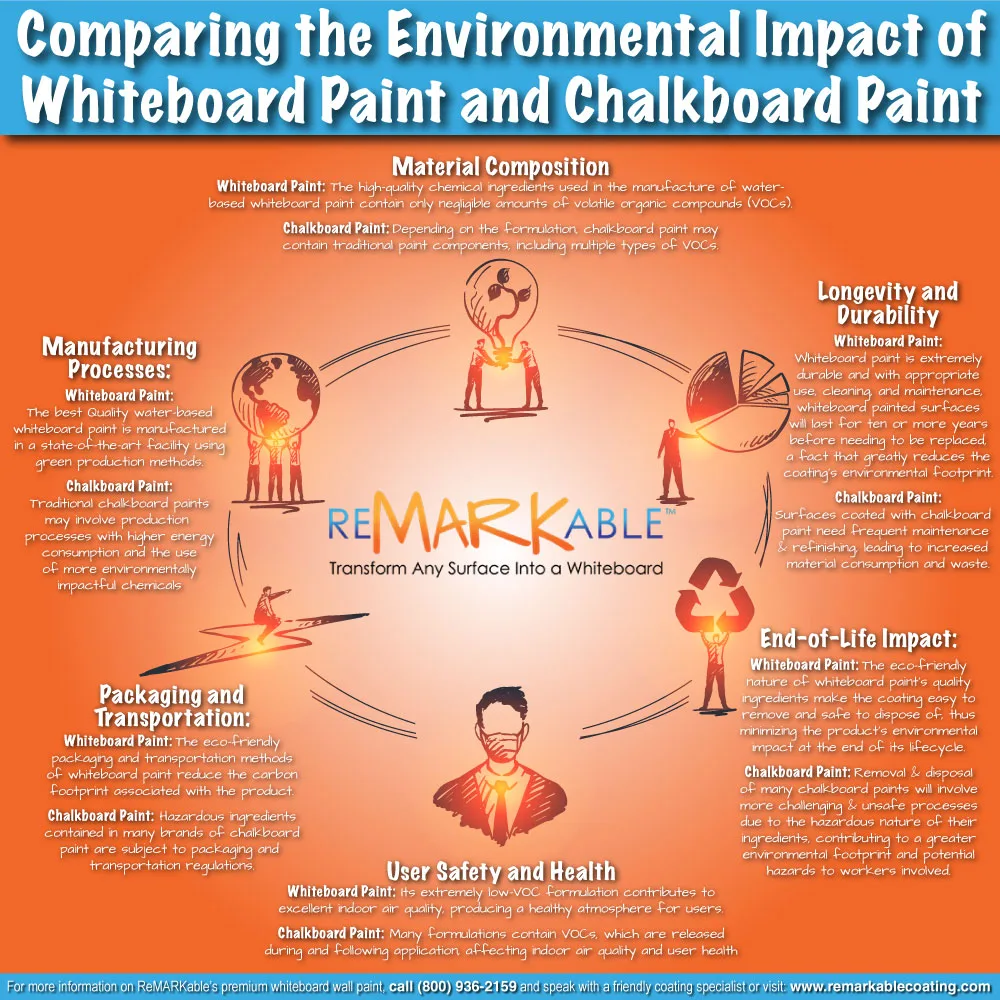


























































































![ReMARKable’s Winter Sale is Here! [25% Off + Free Shipping]](https://www.remarkablecoating.com/wp-content/uploads/2018/01/Red-Tag-Winter-Fashion-Facebook-Post-1-440x264.png)















![Drive Your Organization Into Openness and Watch it Expand [20% Off Whiteboard Paint]](https://www.remarkablecoating.com/wp-content/uploads/2016/04/Drive-Your-Organization-Into-Openness-and-Watch-It-Expand.-1-440x264.jpg)

![30% Off St Patrick’s Day Sale! [Details Inside]](https://www.remarkablecoating.com/wp-content/uploads/2016/03/Glorious-1-440x264.png)


![Giant Leaps Forward Require Big Spaces. [Leap Year Sale Event!]](https://www.remarkablecoating.com/wp-content/uploads/2016/02/Giant-Leaps-ForwardRequire-Big-Spaces-440x264.jpg)

















![ReMARKable Summer Sale 2018 [28% Off Whiteboard Paint]](https://www.remarkablecoating.com/wp-content/uploads/2018/06/Blue-Simple-Line-Beach-Facebook-Post-1-440x264.png)











































































































































































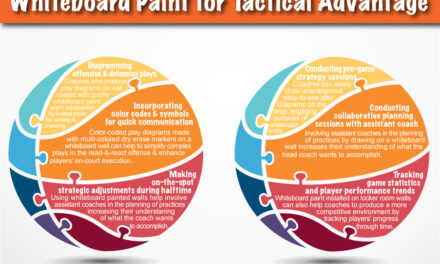







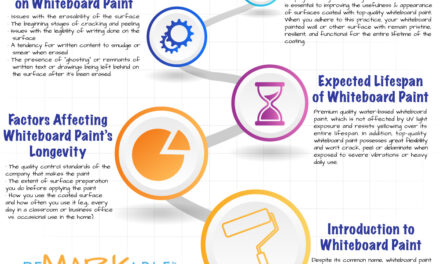








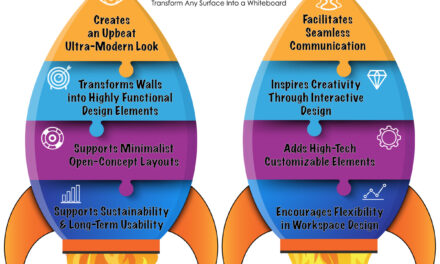




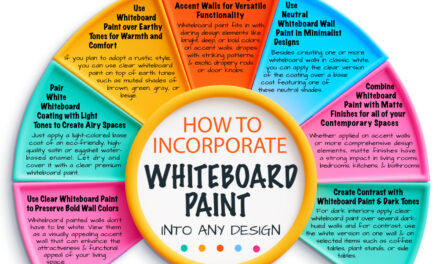




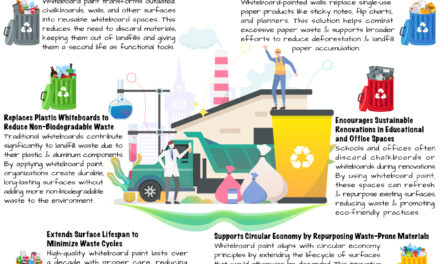







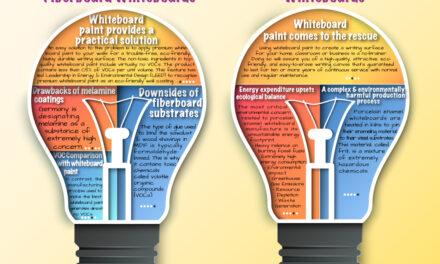


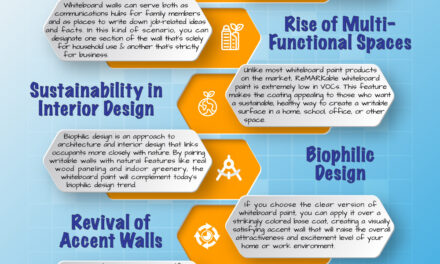

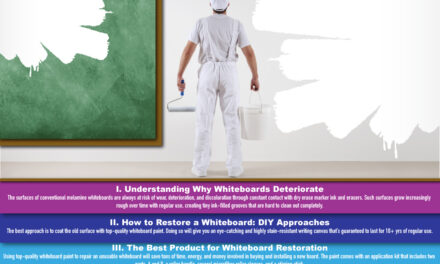



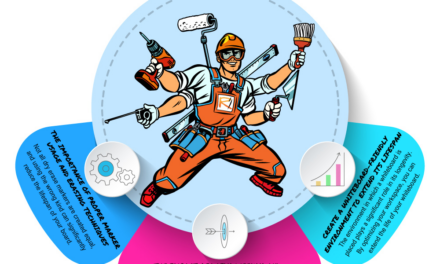

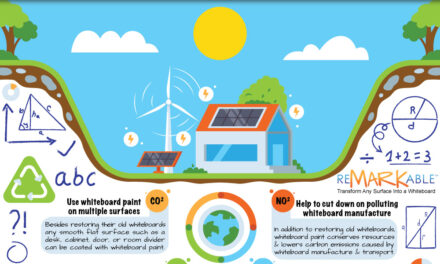
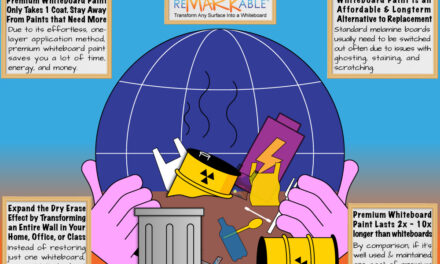
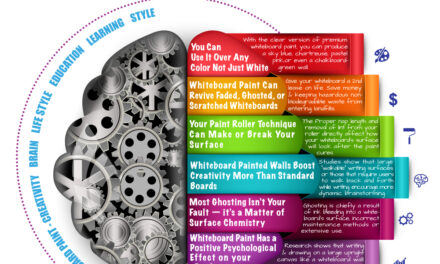

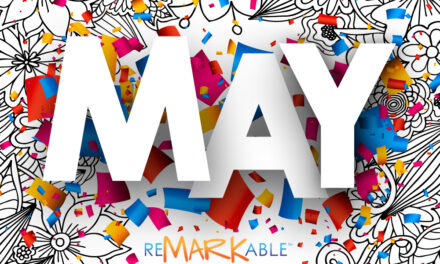




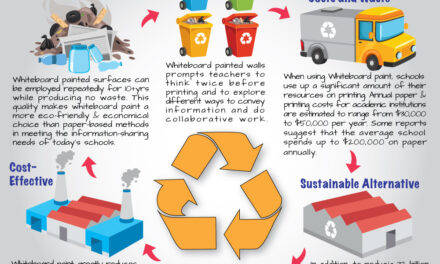
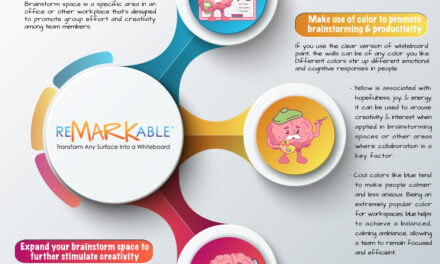
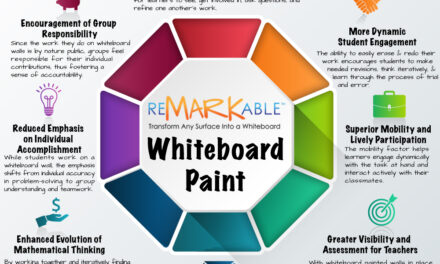
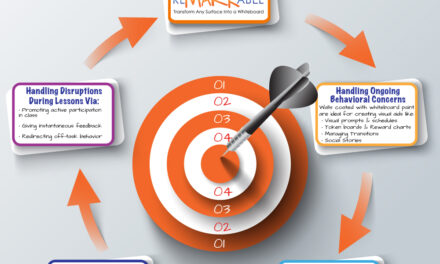
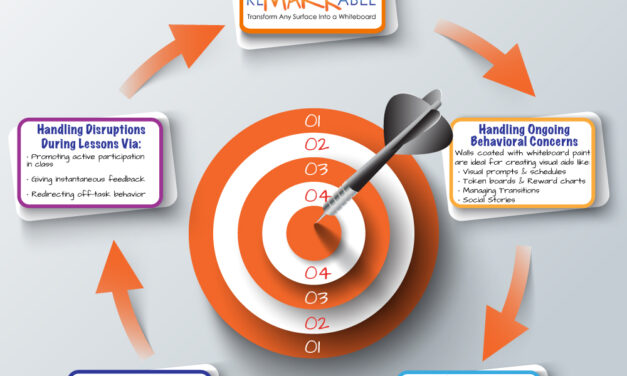

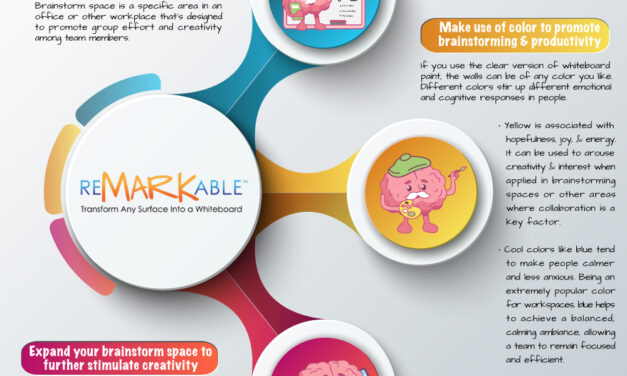








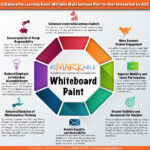
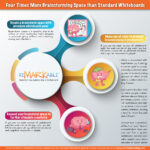
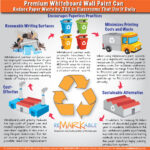

0 Comments